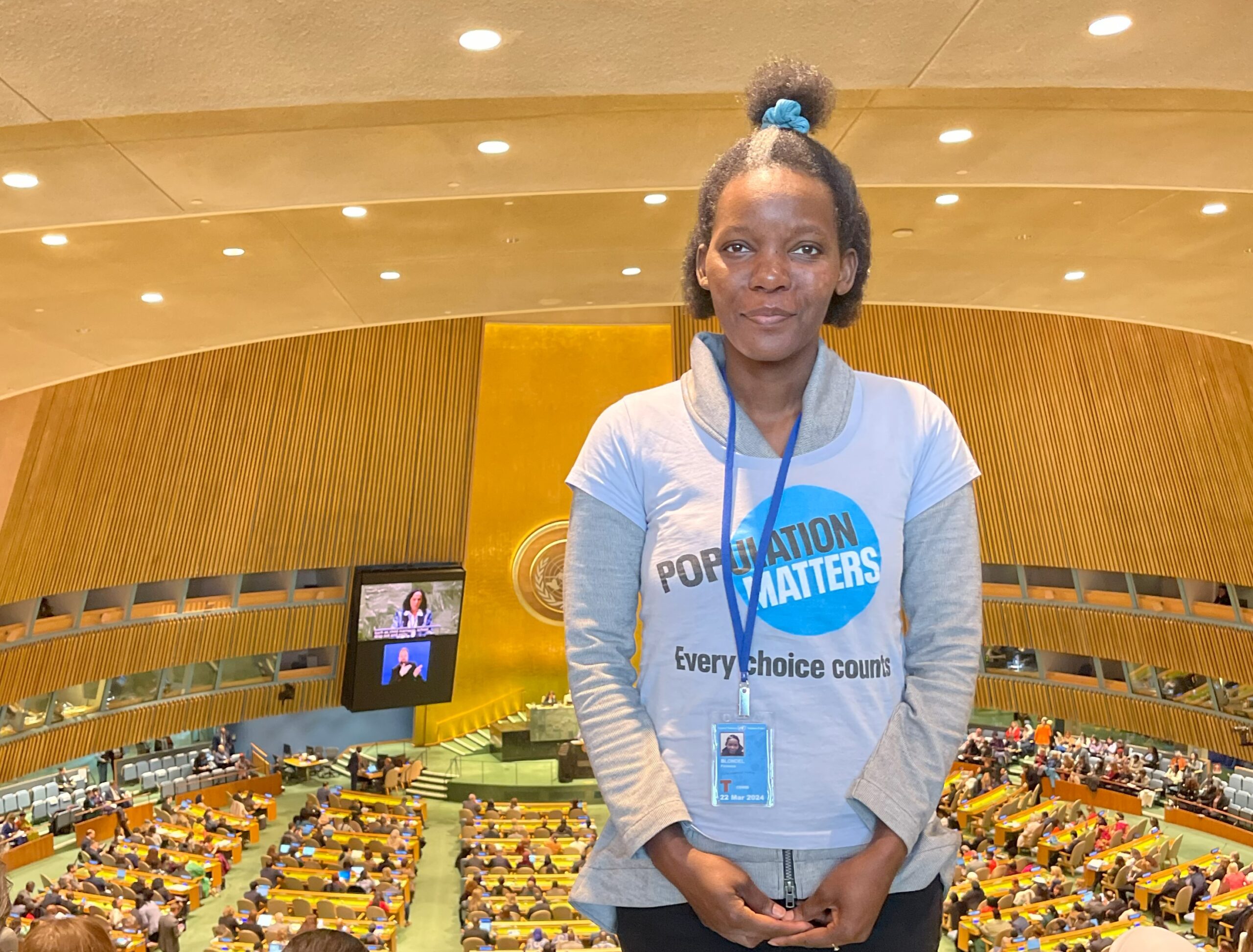
Parched Earth: How Population Growth Fuels Water Challenges
World Water Week is currently underway in Stockholm. The theme, Bridging Borders: Water for a Peaceful and Sustainable Future, speaks to the collective effort required to achieve global water goals. Our numbers and the impact we have on our environment must be part of the conversation.
This week, interested parties from all over the world will congregate to discuss all things agua, eau and wasser during World Water Week. Explicit mentions of population growth as a contributing strain on resources are conspicuous by their absence in the event’s agenda. But, as we will explain, our numbers have a significant impact and must be addressed.
Drought and desertification
Our Dried Up Futures report highlights how population growth drives drought, desertification and land degradation, all exacerbating global water crises. Increased demand strains water resources, especially in drylands where rapid population growth intensifies desertification.
Droughts, worsened by the climate crisis, disproportionately impact women and girls, causing economic loss and poverty. Solutions focus on the Population Health Environment approach, integrating family planning and sustainable land management to alleviate water scarcity and environmental stress in vulnerable regions. Empowering women is key to reducing population pressure and protecting water resources.

Water and population
At the UN Water Conference in 2023, Population Matters highlighted the link between population growth and water scarcity. We advocated for solutions that reduce population pressure, such as promoting gender equality and access to modern contraception.

Discussions centred on the urgent need to address both water management and population factors to achieve water security and sustainability. In advance of the conference, we produced a fully referenced briefing document, Achieving SDG6: Water and Population.
Population growth regionally and globally drives water demand across multiple sectors, in particular through the water-energy-food nexus; increases pollution, climate change and biodiversity loss; increases vulnerability to water-related hazards; and reduces capacity for adaptation and resilience in the face of those hazards.”
Population Matters’ Achieving SDG6: Water and Population briefing
The briefing emphasises that over the coming decades, population growth will significantly increase global water demand. Particularly in low-income countries, rapid population growth hinders poverty reduction and impedes development, creating a critical challenge for achieving SDG 6 (clean water and sanitation) and the other 16 SDGs.
Collaboration is key
To tackle water challenges effectively, addressing population growth is essential. Reducing pressure through education, gender equality and access to health services supports water sustainability. Collaborative global efforts are key to safeguarding water resources, enhancing resilience to the climate crisis and ensuring long-term development. Indeed, these borders must be bridged for a peaceful and sustainable future.

